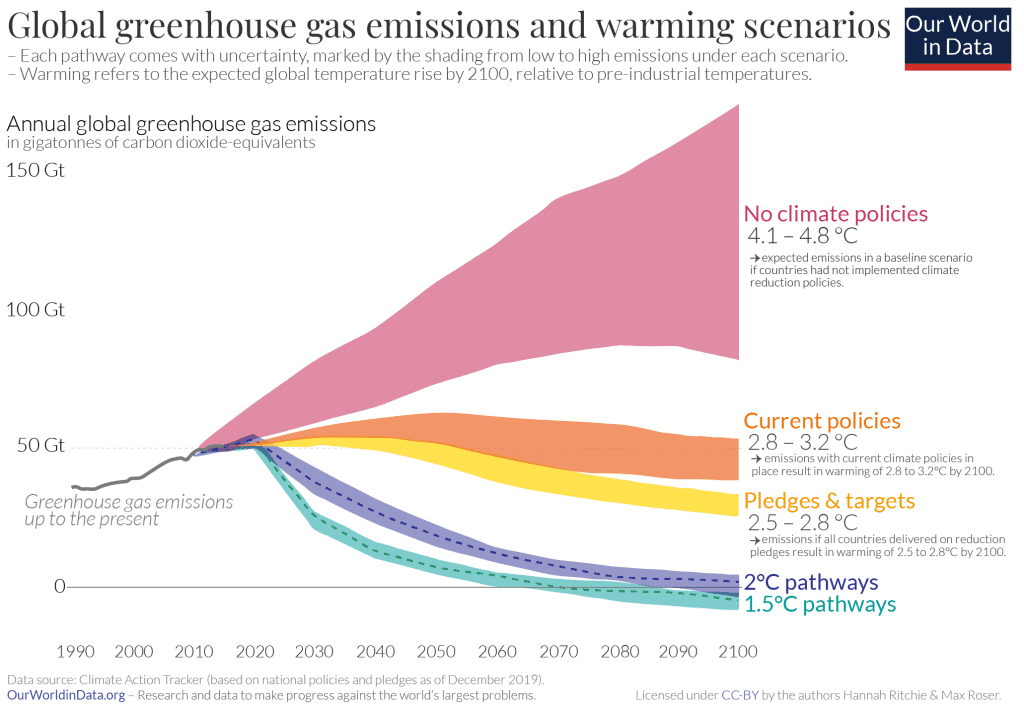Carbon dioxide levels have hit an all-time high — again. In May (the month scientists use to compare year-to-year CO2 shifts), carbon dioxide in the atmosphere averaged 419 parts per million, according to data from Scripps Institution of Oceanography and the National Oceanic and Atmospheric Administration (NOAA).
Unfortunately, that in itself would hardly even classify as news anymore. But what really is striking is that CO2 levels haven’t been this high since before humans emerged as a species. We’d have to go to the Pliocene Epoch, between 4.1 to 4.5 million years ago, to see similar levels — a period when sea levels were nearly 80 feet higher and temperatures were about 7°F above the preindustrial era.
Not even a pandemic that kept many of us inside could stop the rise of atmospheric carbon dioxide. The long-lived greenhouse gas driving climate change has fluctuated naturally throughout our planet’s history, but scientists are virtually certain that the current accumulation is driven by human activities — especially the burning of fossil fuels. It’s a clear sign that the world is not doing nearly enough to curb emissions.
“The ultimate control knob on atmospheric CO2 is fossil-fuel emissions,” Scripps Oceanography geochemist Ralph Keeling said in a NOAA statement. “We ultimately need cuts that are much larger and sustained longer than the COVID-related shutdowns of 2020.”
It’s not just that CO2 levels are increasing, but the pace at which they are rising is alarming. In 2013, the world first passed a historic mark: 400 parts per million (ppm) of CO2 in the atmosphere. Since then, it took just eight years to climb to 420 ppm, and now, we’re already at 429 ppm.
Initially, there were hopes that the pandemic would at least slow down greenhouse gas emissions — and for the first part of the year, that was true. But by the end of 2020, it was almost as if nothing had changed. Emissions in the last months of the year were already higher than the ones in previous years.

The past year also marked the five-year anniversary of the adoption of the historic Paris climate agreement. Within the plan, countries agreed to take action to reduce their emissions and keep the planet in line with a warming of no more than 2 degrees Celsius over pre-industrial levels (and the ambitious goal of 1.5 Celsius). With temperatures already over 1 degree Celsius over pre-industrial level, the ambitious goal is all but gone now — and even the “normal” goal seems questionable, as few countries have backed up their declared ambitions with action.
CO2 emissions can last for 1,000 years in the atmosphere, and as long as we keep emitting the gas, it will continue to accumulate. Global emissions have likely not peaked, and will continue to drive climate change to uncharted and dangerous territory. Climate change is already costing the world in the trillions, and the cost is only expected to rise as emissions ramp up.


